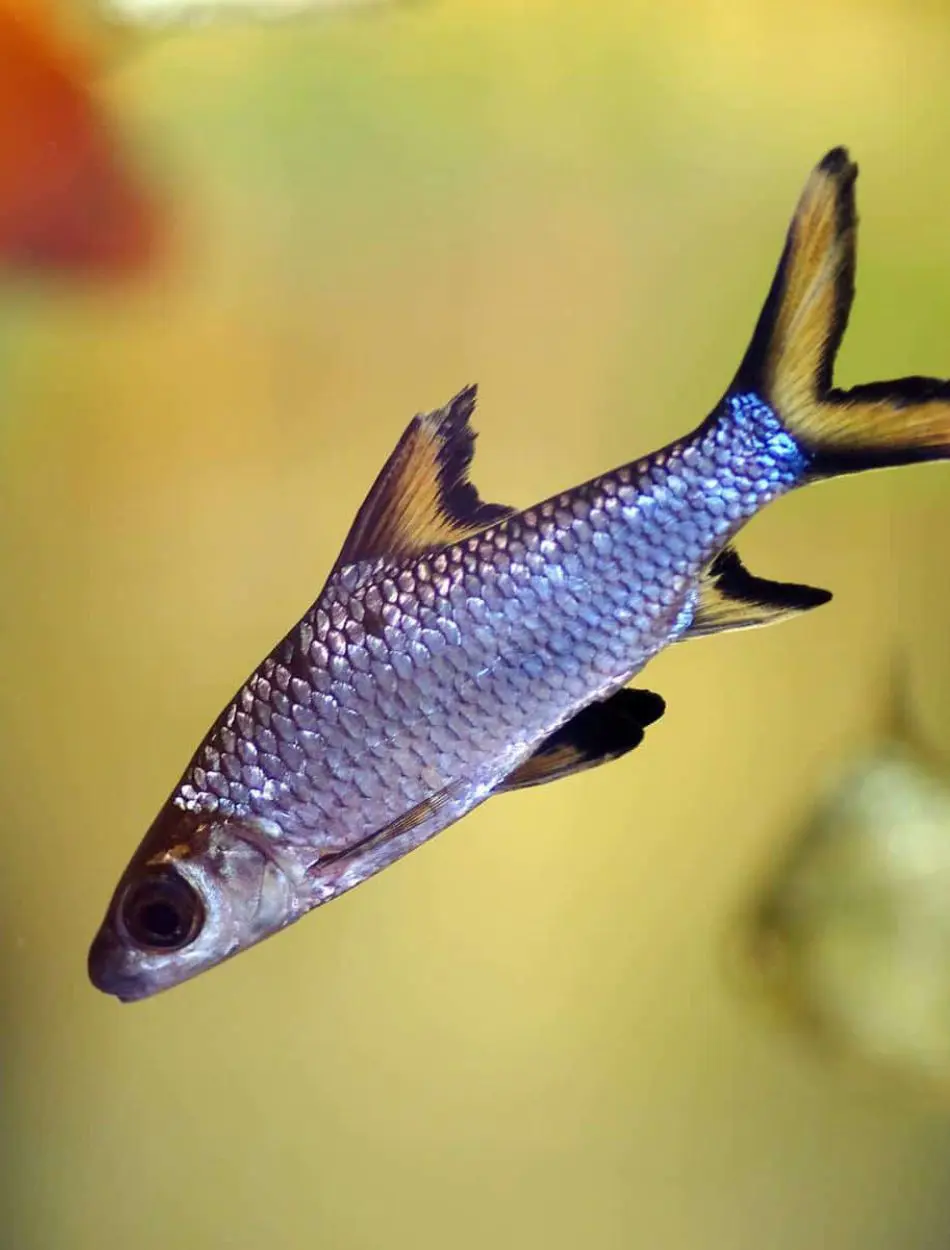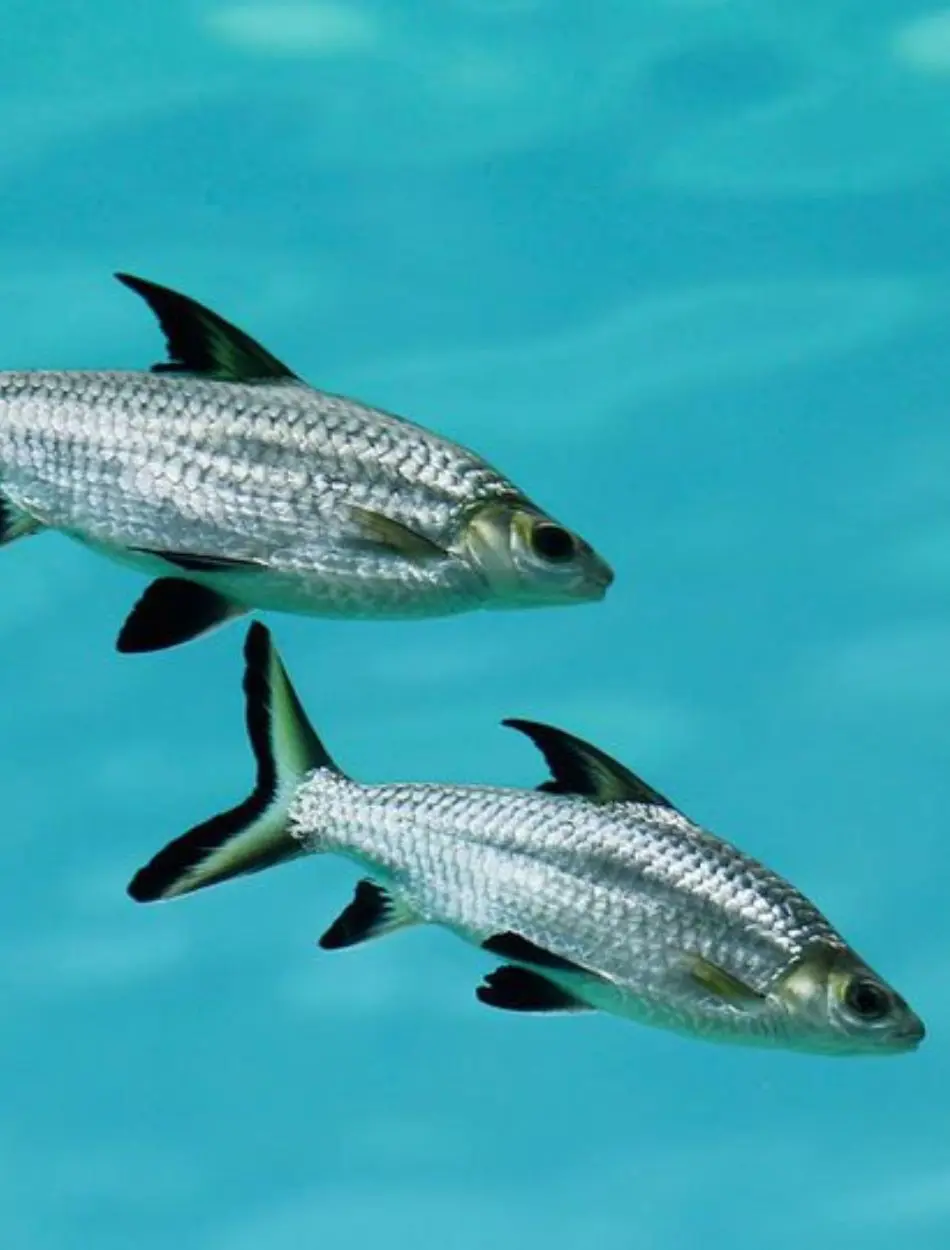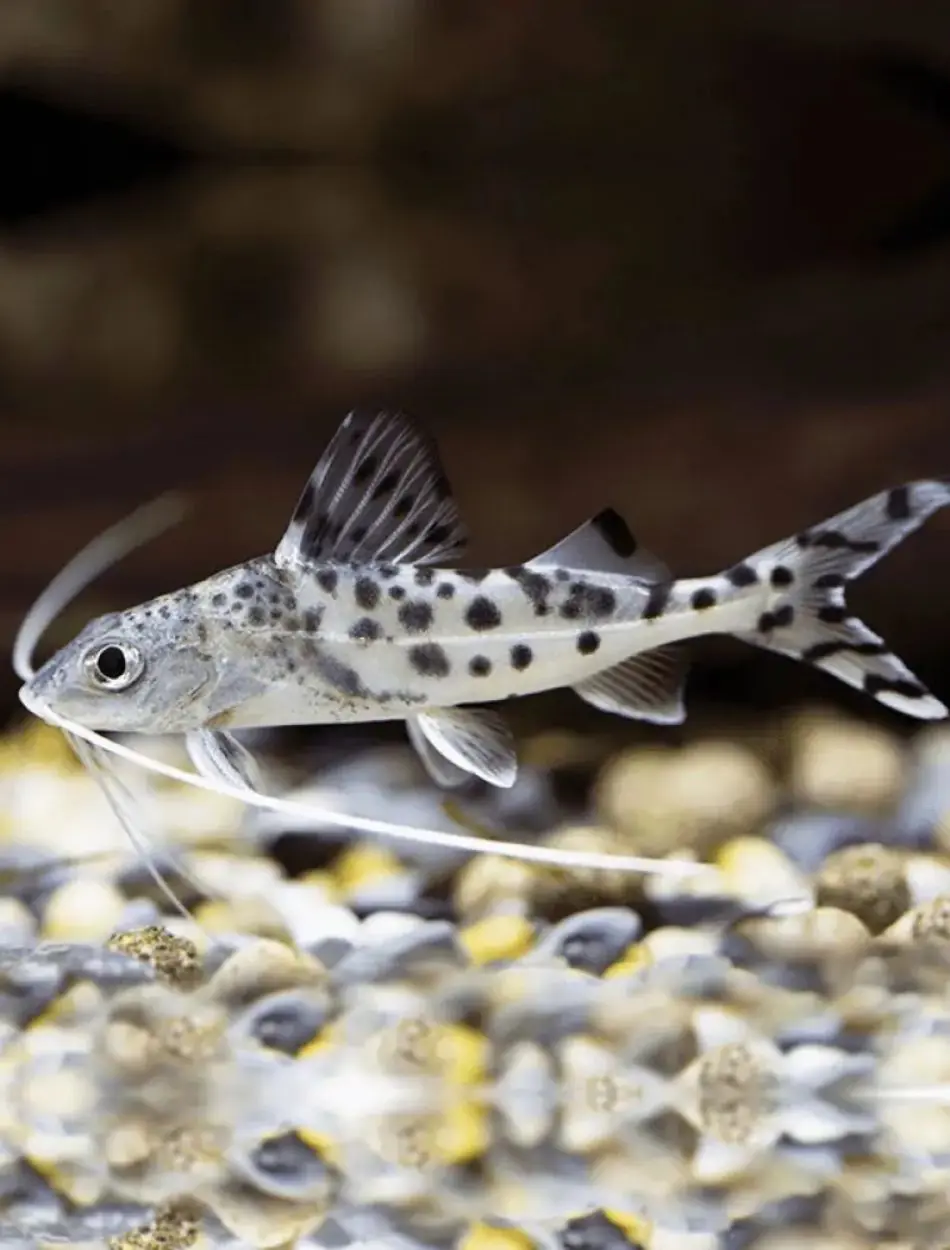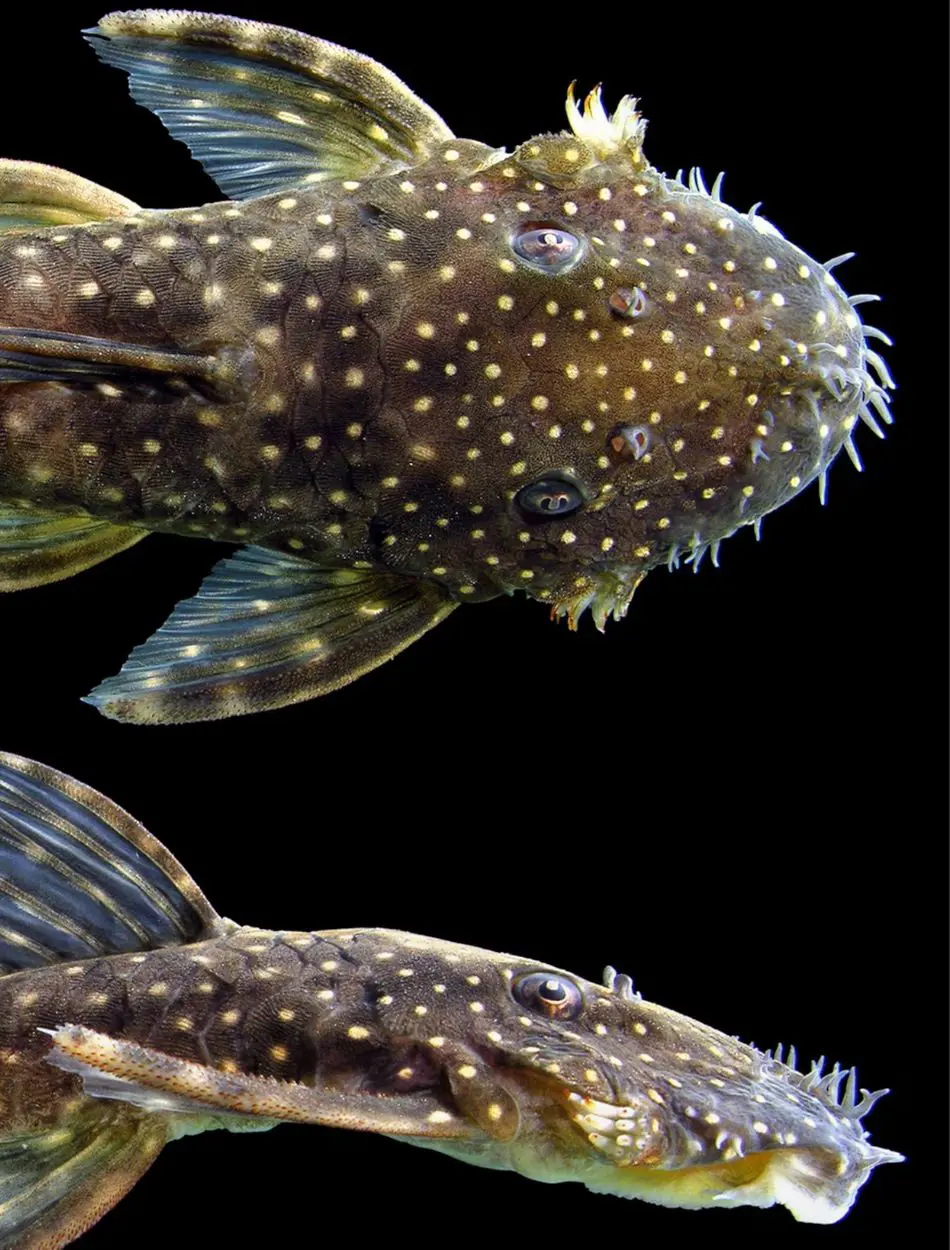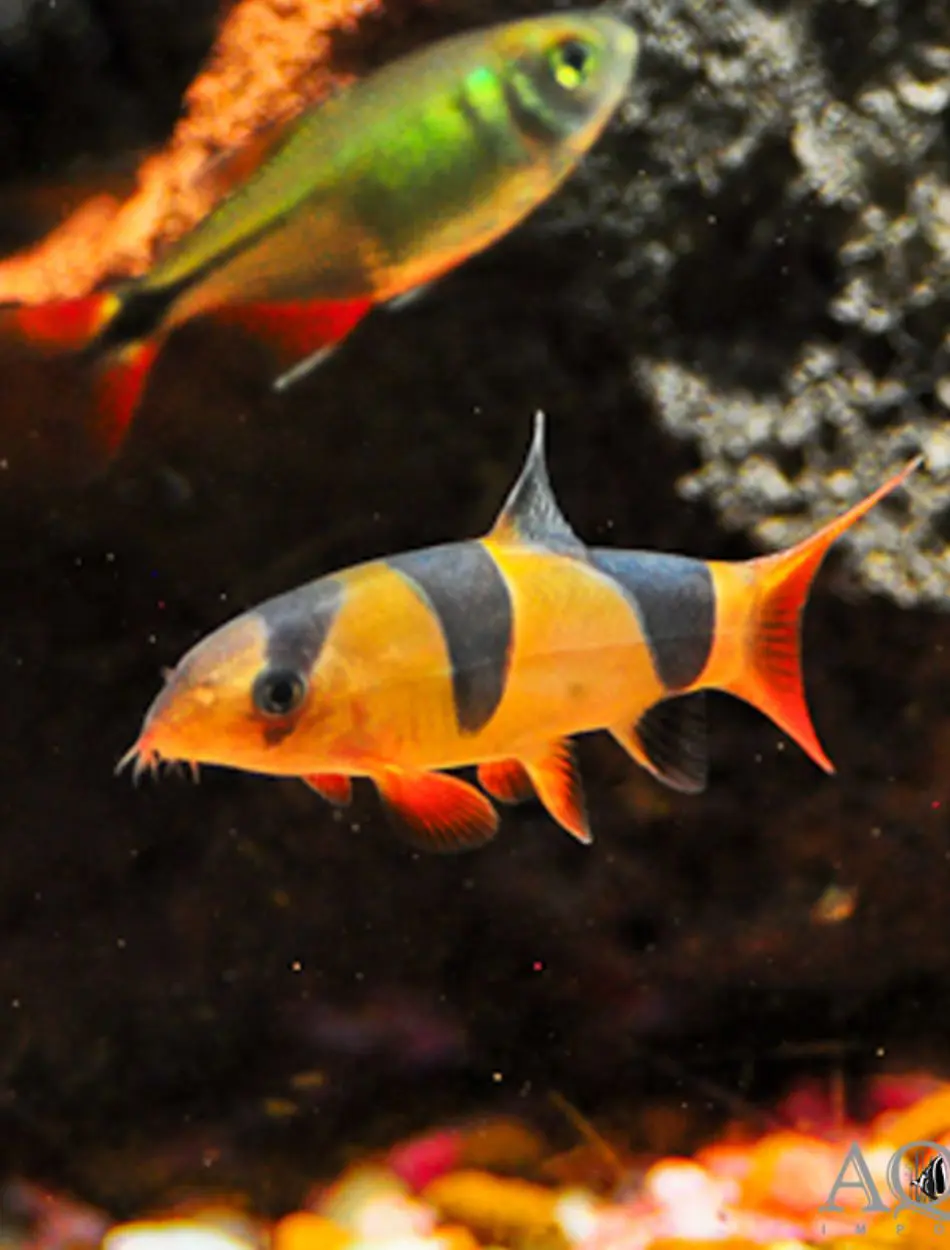Yoyo loach Fish Species Profile And Tank Mates
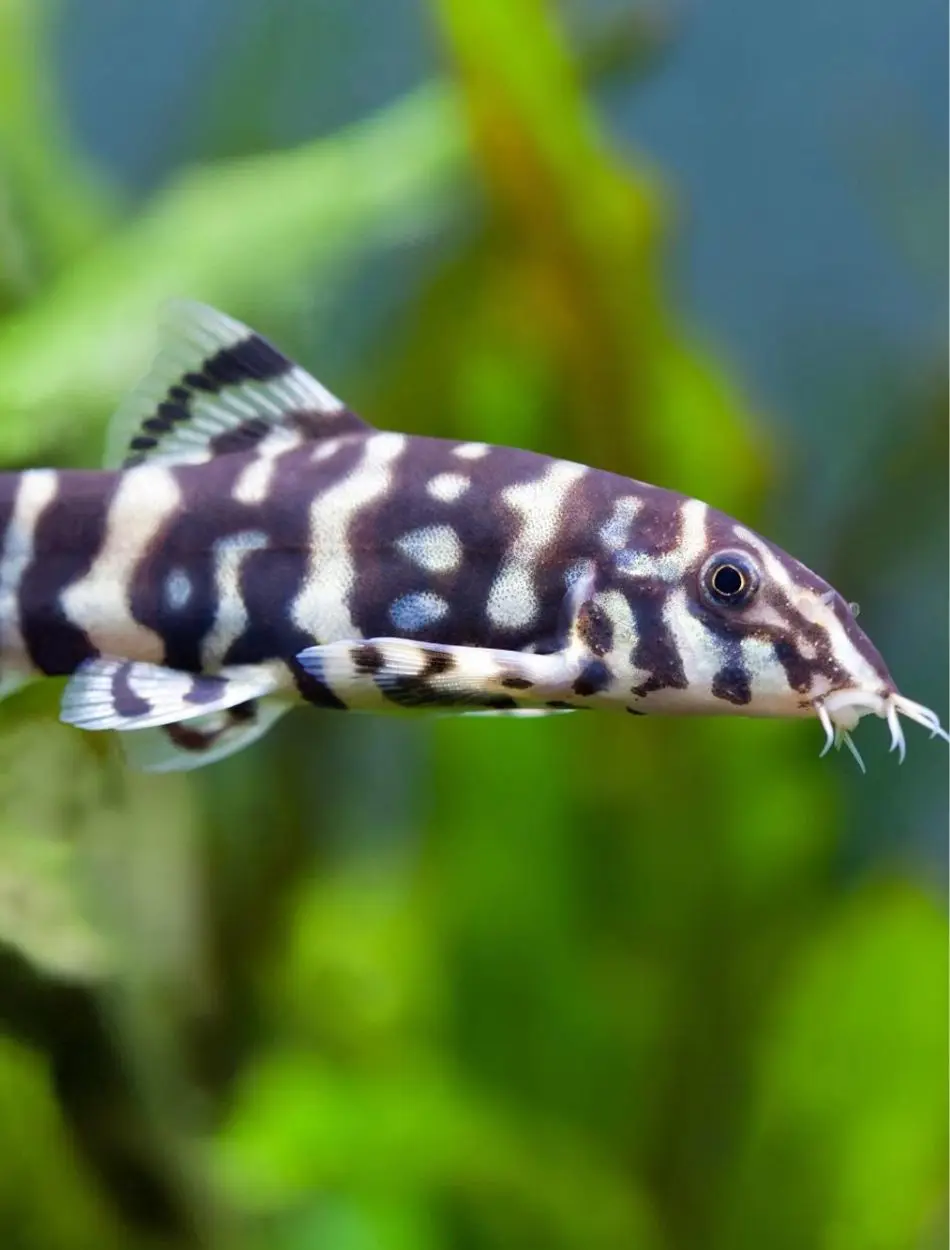
The yoyo loach has its body adorned with dark horizontal bands against a golden backdrop thus making the species one of the most beautiful freshwater aquarium fish. This species has been found to add a touch of nature and color to any aquarium, for it possesses some playful acts and graceful looks.
Whether you're a seasoned or beginning aquarist, the addition of a Yoyo Loach to your tank doesn't only beautify it but will also add a degree of excitement to your aquatic world. Their very distinct coloration and active behavior make them among the finest specimens that can be kept by an enthusiast of aquatic life wanting a lively and eye-catching display.
Overview
- Scientific Name: Botia almorhae
- Common Names: Yoyo Loach, Almora Loach, Pakistani Loach, Reticulated Loach
- Lifespan: 5 to 8 years (though some have been known to live up to 10 years with optimal care)
- Adult Size: 2.5 to 6 inches
- Temperament: Peaceful, social, and playful but can be slightly aggressive towards its own species however generally good in a community tank
- Minimum Tank Size: 40 gallons (preferably more if kept in groups)
Origin and History of Yoyo Loach
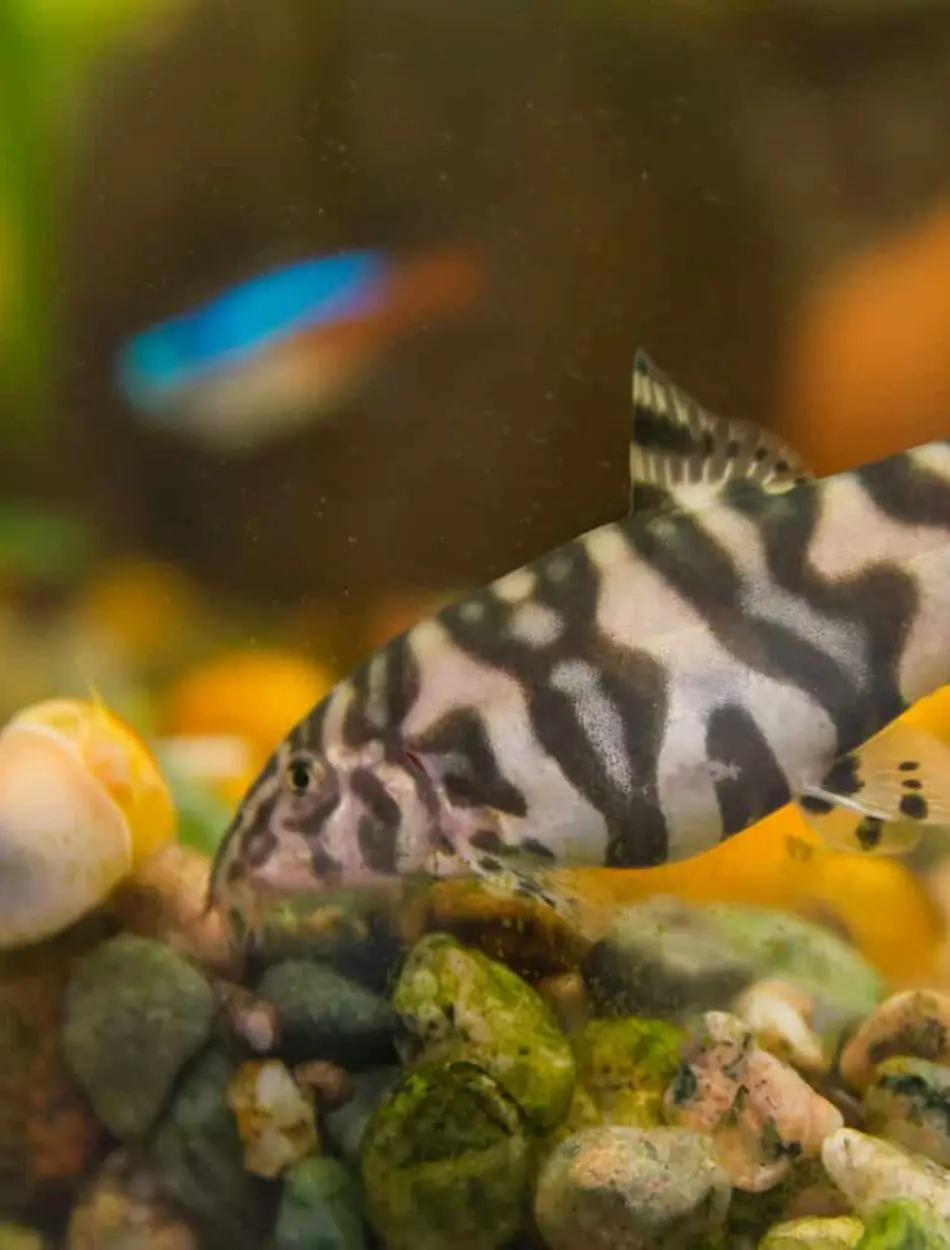
Yoyo Loaches are native to the slow moving rivers and streams of northern India, Nepal, and Pakistan. Their natural environment includes soft, sandy substrates with plenty of hiding spots among rocks and vegetation. The name "Yoyo Loach" is derived from their playful behavior and the distinct pattern on their bodies that resembles the word "yoyo."
Although first described in scientific literature in the middle of the 20th century, these loaches have since taken their rightful place in the aquarium trade due to their hardiness and engaging personality. They occur in nature among dense aquatic vegetation where there is plenty of food, mostly insect larvae and small invertebrates. This adaptability of the Yoyo Loach to a variety of water conditions and its compatibility with other fish have made it very prominent in home aquariums worldwide.
Traits and Characteristics
They are social creatures and excel when housed in numbers, preferably in a school of at least four to six individuals. The loaches in schools often display many amusing social behaviors, which include playful chasing, clicking sounds, and synchronized swimming.
Physical Characteristics
They have an elongated body with a silver or golden base color, irregularly barred with dark bands that together give the fish a distinctive "yoyo" pattern. These patterns vary among individuals and may be very mottled in older individuals.
The loach has small barbels around its mouth, which it uses to forage for food in the substrate. The eyes, which are perched high on the head, provide a wide field of vision. All in all, these are dynamic markings and an active appearance that makes a striking addition to an aquarium for.
Behavioral Characteristics
Despite its playful character it can be slightly territorial usually during feeding sessions or when setting up the pecking order among several of its kind. However, these minor forms of aggression are generally harmless and don't cause serious injury. Yoyo loaches are also inquisitive and check out everything there is in their tank, often in tight spots or when digging into the substrate.
This behavior underscores the required provision of ample hiding spots and a soft substrate in their tank. While they are generally peaceable towards other species, picking on the fins of slow moving or long finned fish is definitely in the playbook for Yoyo Loaches, so becomes important to be careful about their tank mates.
Feeding Patterns
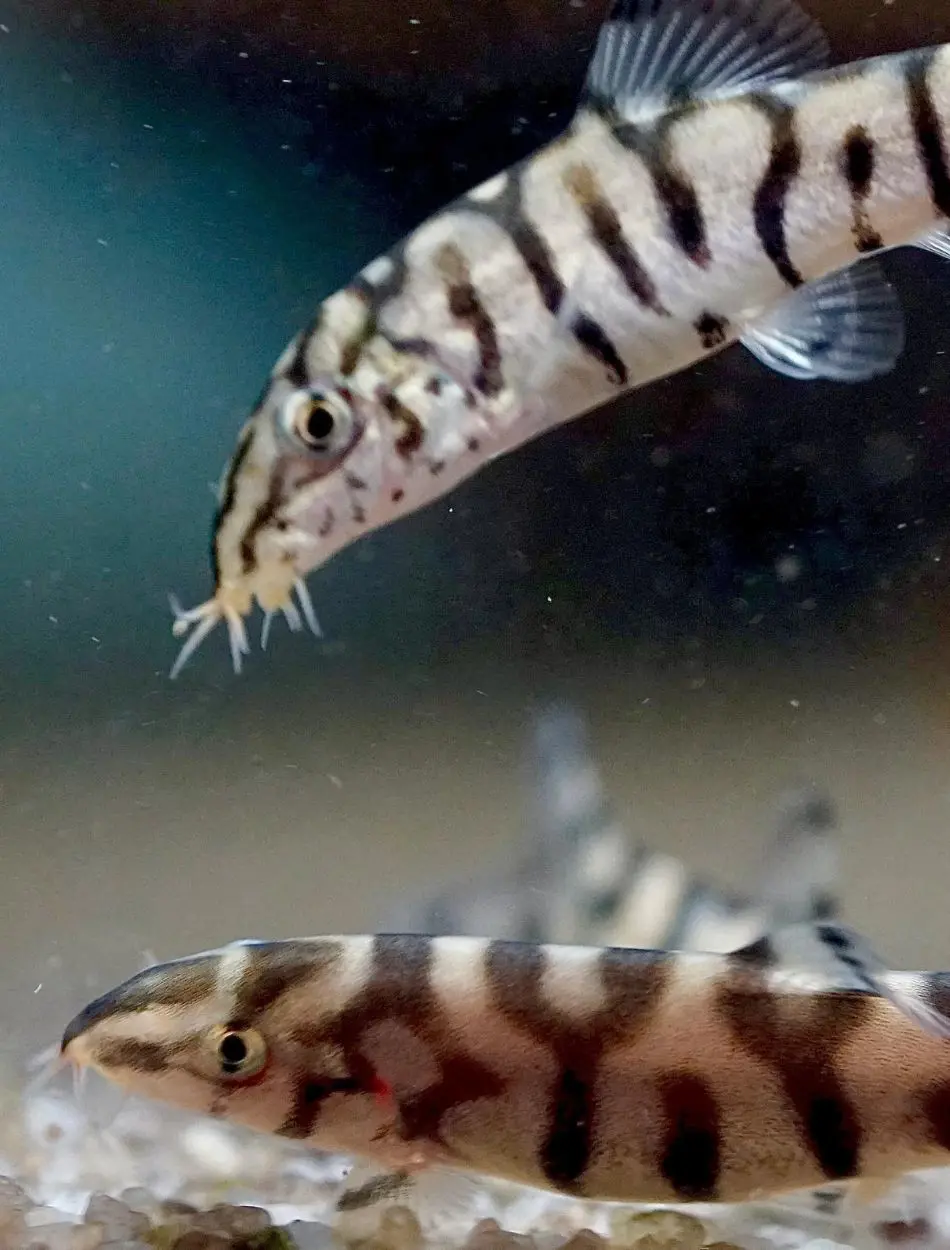
Natural Diet
In their natural habitat, Yoyo loaches are omnivores, eating various small invertebrates, insect larvae, plant material, and detritus. They use their barbels to forage the substrate searching for food, making them good scavengers.
Feeding In The Aquarium
A varied diet should be offered to yoyo loaches in captivity to mimic their natural feeding tendencies. Good staple food can include high quality sinking pellets or wafers. Their diet can be supplemented with live or frozen foods like bloodworms, brine shrimp, and daphnia. They also enjoy fresh veggies such as blanched zucchini or cucumber slices.
Feeding Schedule
Yoyo Loaches should be fed one or two times a day. They should be given enough that can be eaten in a few minutes. As they are bottom feeders, the food should be put at the bottom where they can reach it easily. From the study of their eating habit, you can adjust quantity and food type.
Recommended Foods
These fish do best with a varied diet that matches their natural eating habits as much as possible. High quality flake or pellet food is a good staple for them, as it gives them the basic necessary nutrients. Add live or frozen foods such as bloodworms, brine shrimp, and daphnia to satisfy them with an omnivorous diet as these are excellent protein sources.
Vegetables are also good for them and will provide them with the much needed vitamins and fiber also blanched zucchini, cucumber, and peas are good options. Algae wafers can be added, and even small snails that are eaten will complement their diet and help keep the population of snails under control in the tank.
Tankmates
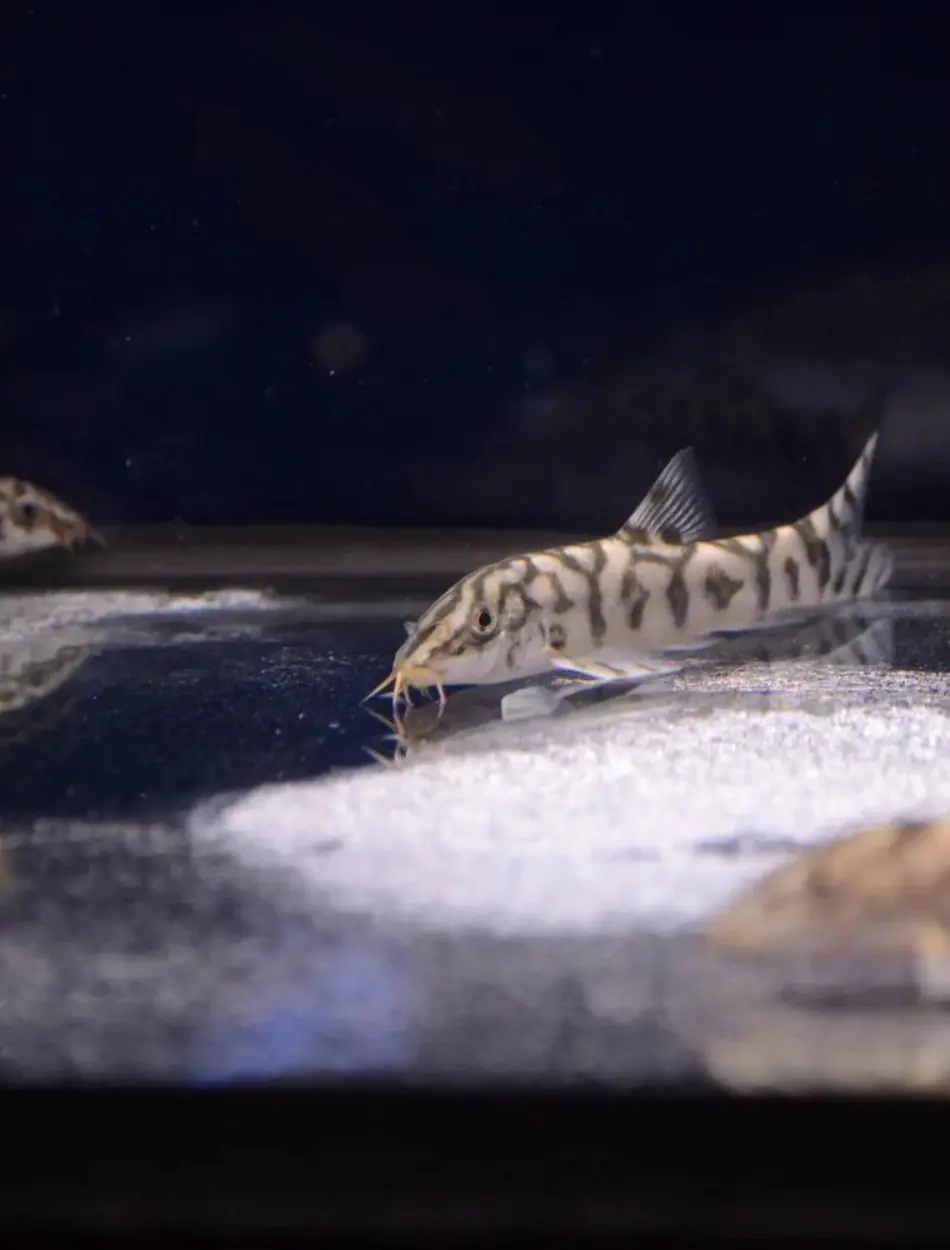
Peaceful Community Fish
Yoyo loaches are generally peaceful and do well in a community tank with other non-aggressive species. They are social and thrive when kept in groups of five or more. Some suitable tankmates include:
- Tetras: Small to medium-sized tetras like neon tetras, cardinal tetras, and black skirt tetras make excellent companions for Yoyo loaches. They occupy the middle to upper
- levels of the tank, reducing competition for space.
- Rasboras: Similar to tetras, rasboras are peaceful and colorful, adding vibrancy to your tank. Harlequin rasboras and scissortail rasboras are popular choices.
- Gouramis: Dwarf gouramis, pearl gouramis, and honey gouramis are peaceful and occupy the middle to upper water column, making them ideal companions.
- Corydoras Catfish: Corydoras are bottom-dwelling fish like Yoyo loaches but are non-aggressive and can coexist peacefully.
Fish to Avoid
- Aggressive Fish: Avoid keeping Yoyo loaches with aggressive species such as large cichlids or tiger barbs. These fish can stress or harm the Yoyo loaches, leading to health issues.
- Fin Nippers: Species known for nipping fins, like serpae tetras or some barbs, should also be avoided, as they can target the loaches' delicate fins.
- Slow Moving Fish: While Yoyo loaches are generally peaceful, their active nature can stress slow-moving fish like bettas or angelfish. It's best to avoid combining them with species that prefer a more tranquil environment.
Breeding Yoyo Loaches
Yoyo loaches are quite difficult to breed in a captive setting, and not many reports even mention having done so. They are known to breed in large heavily vegetated rivers with very specific water conditions that are hard to recreate in the home tank.
Breeding requires a large aquarium with soft, clean water at a relatively warm temperature. A slightly acidic pH and a temperature at the higher end of their range of about 80˚F are required. A diet high in protein and regular water changes will help prepare the fish for breeding.
Spawning Behaviour
In the event of spawning, she will lay eggs on the leaves or between the crevices of the tank only for the male to fertilize them. The eggs are very small and transparent, making them difficult to see. If you witness spawning, remove other fish from the aquarium as they may destroy the eggs.
If the eggs hatch, the fry generally feeds on infusoria or fine flake food until the fry is large enough to eat standard food. The water quality for fry needs to be of the very best, as yoyo loaches fry is very sensitive.
Health Concerns

Yoyo loaches are hardy animals but can sometimes be prone to common health issues that affect their kind, in cases where the right condition for them has not been well set up.
Ich (White Spot Disease)
Yoyo loaches are the species commonly known to get affected by ich. This is a type of parasitic infection that causes white spots on areas of the fish's body, head, and fins. Unfortunately for the yoyo loaches, ich is present; treatment is through elevating the water temperature, along with using ich-specific medication. The best way is prevention through clean and stable water.
Skin Flukes and Parasites
On occasions, skin flukes and other such external parasites may take shelter in the body of the loach and cause irritation as well as health problems. Maintaining good water quality should control these problems, with the regular monitoring of water quality.
Stress Related Illnesses
A stressed loach, due to poor water parameters and diet, or in the presence of aggressive tankmates, is likely to have a compromised immune system, making the Yoyo loach a potential victim of diseases. Stress stemming from poor water conditions, large and aggressive tankmates, and improper diet is something which the aquarist should prevent at any cost to keep their fish secure and enhance their well being.
Setting Up The Ideal Tank
Tank Size
Yoyo loaches are active swimmers and require maximal room for darting around and hiding. A 40 gallon tank minimum should be brought into play if planning to keep a small group of Yoyo loaches. Obviously, a larger tank is always better because it will provide more swimming room and allow for additional tank mates.
Substrate and Decorations
They greatly enjoy digging in the substrate, which is why a smooth, sandy bottom should be used nothing that can inflict damage on their delicate barbels. Avoid rough edged sharp gravel and any decorations in general. They appreciate lots of hiding spots, so add caves, driftwood, and dense plant coverage to your aquarium setup.
Water Parameters
Yoyo loaches strictly require proper water parameters for their maintenance and wellness. They thrive perfectly in the temperature range of 75 to 82°F in waters with a pH level of 6.5 to 7.5. The water hardness should be from soft to moderately hard, optimally from 5 to 12 dGH. This fish is sensitive to bad water quality, so regular water changes and the use of a good filter will solve the problem right away.
Lighting
While installing lights in an aquarium with Yoyo Loach fish, make sure it replicates the kind of habitat in which they are found. This fish would love to be in dim or moderate lighting since it originates from shaded riverbeds, where light is filtered by vegetation. Too much light stresses them so making the environment dimly lit should be your target.
They will also feel secure if provided with areas of dense plant cover or caves in which to retreat during the brightest periods of the day. A lighting schedule that provides a simulation of a day and night cycle will also contribute to their general health and welfare.
Ethical Considerations
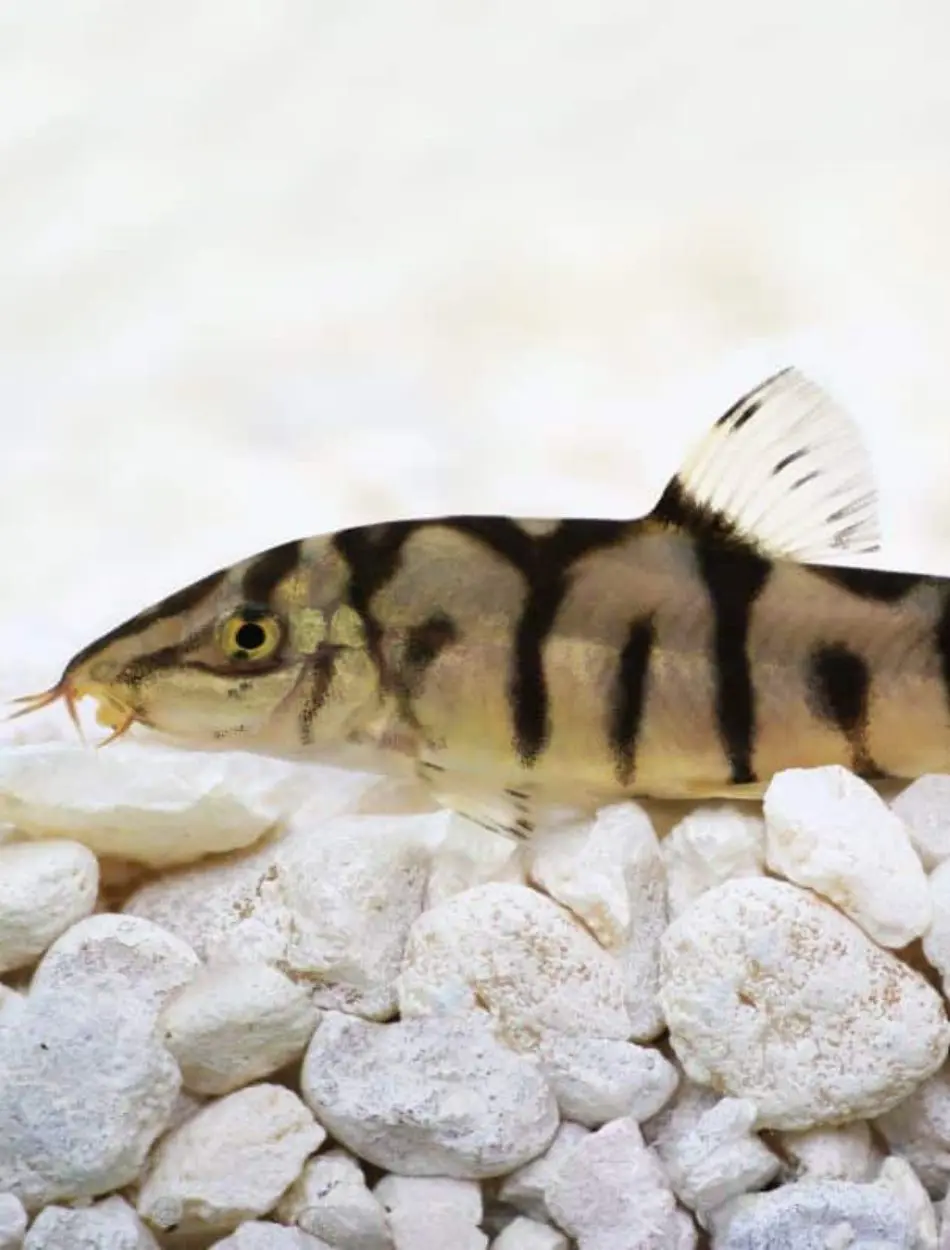
Keeping yoyo loaches does come with their share of ethical considerations. Most of these fish are wild-caught, and hence their capture may affect natural populations and ecosystems. Where possible, stocking with tank bred specimens will help to reduce the impact on nature.
Furthermore, one should take into account the fact that Yoyo Loaches are a social fish that has to be kept in a group otherwise, isolation might bring them stress and health problems. Ensuring they have a proper environment with suitable companions is essential for their well being.
Advanced Tips for Experienced Yoyo Loach Keepers
Yoyo loaches thrive in well-oxygenated, fast-flowing waters, so upgrading to a high-capacity external canister filter can mimic their natural environment better. Adding a powerhead to increase water flow also helps replicate riverine conditions, promoting their health and activity.
Diet diversification is another area to focus on. While Yoyo loaches are omnivores, providing a mix of high-quality sinking pellets, live or frozen bloodworms, and blanched vegetables like zucchini or spinach will cater to their nutritional needs. Occasionally introducing snails to the tank can satisfy their natural hunting instincts and keep them mentally stimulated.
Top Lists

